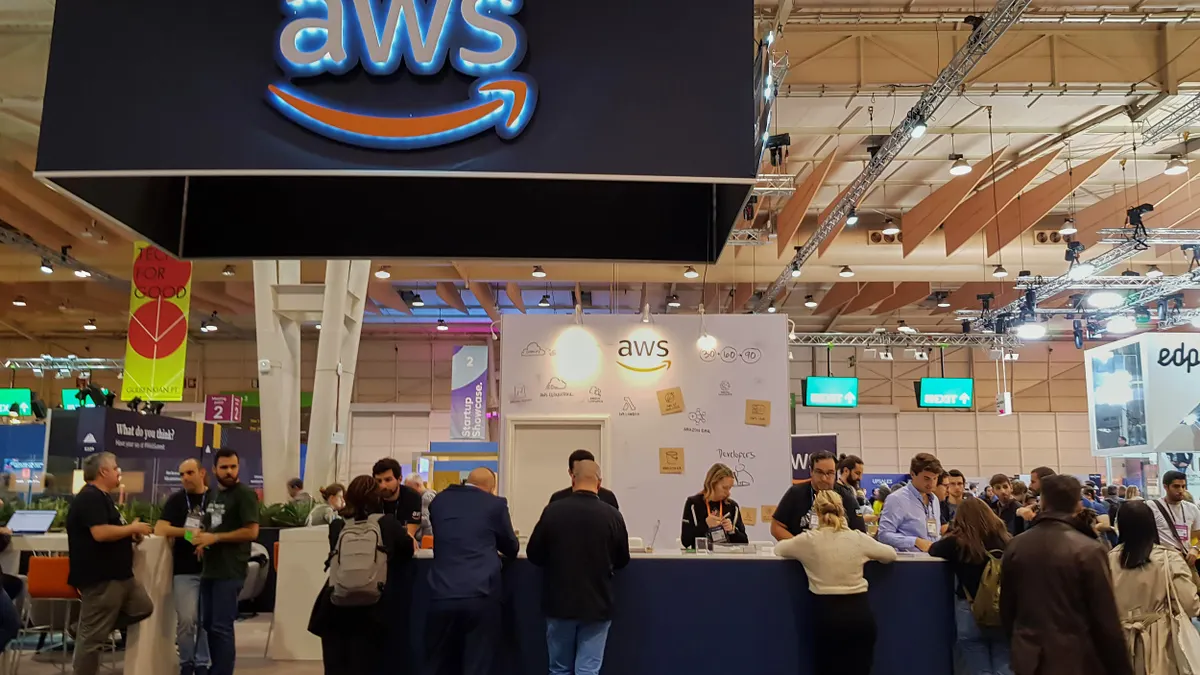Juergen Lindner is senior vice president, global SaaS marketing, at Oracle. Views are the author's own.
The great resignation is wreaking havoc on companies’ bottom lines and jeopardizing strategic plans — and CFOs are on the front lines of helping businesses adapt. The scale of resignations is unprecedented; an August survey by PwC found that a stunning 65% of employees were looking for a new job, and 88% of executives said their company was experiencing higher-than-normal turnover.
Employees are firmly in the driver’s seat. Traditional formulas for workforce planning are inadequate, as current and prospective talent is demanding flexible work arrangements and revised pay structures as well as new expectations for work and company culture. In fact, 88% of employees say that their meaning of success has changed since the pandemic, 75% feel stuck professionally, and the vast majority (85%) are not satisfied with their employer’s support, according to a new global survey conducted by Oracle.
Finance leaders need to make increasingly complex projections as they guide companies through this novel terrain. The stakes are high. Cost estimates for replacing an employee have traditionally ranged anywhere from six months to two years of an employee’s salary, depending on the position and location. This includes the financial impact of hiring, onboarding, and training as well as the cost and negative business impact of leaving the position vacant until the new acquired talent reaches full productivity. There are also the intangible effects that prolonged vacancies have on the morale of employees, who might bear the brunt of being short-staffed.
More than a third of CFOs in the PwC survey said they’re very concerned about the turnover remaining high indefinitely and affecting revenue growth. To adapt, companies are making changes. Almost half (48%) of companies surveyed are altering processes to become less dependent on employee institutional knowledge. More than a quarter will also change their operating models, revise their location strategy and increase outsourcing.
CFOs need to lead these strategies, fund those changes, and work closely with executives in line-of-business units and others in the C-Suite to strike the right balance. Ultimately, this crisis will accelerate changes that were already anticipated in many companies, making them a better and more desirable place to work and a stronger strategic player in their industry.
Better quality work
Employees — especially new entrants into the workforce — don’t want to spend their working hours on repetitive and mundane tasks like gathering data. They are conditioned by mobile devices, using apps that leverage machine learning to create experiences that are easy, engaging and meaningful for them. They expect the mundane to be automated. In fact, another survey by Oracle earlier this year found that Millennial employees are nearly four times as likely than Baby Boomers to want to work for a company that uses AI to manage finance. And the vast majority (95%) of Gen Z employees think that organizations that don’t embrace technology will face big risks like falling behind competitors, inadequate decision making, and more stressed workers.
Younger employees want instant access to data, systems that perform predictive analytics and the reward of more strategic roles. If employees are frustrated with the tools that they use at work, that could be a big factor in their decision to look elsewhere — especially in a hot market where new opportunities are plentiful. And job candidates will cast a wary eye to potential employers that would have them working on older systems, since that’s hardly a boon to their career advancement.
These older systems, which have often been customized to support business needs and processes years ago, also create a drag on companies in other ways. First, they make it difficult for a company to change strategies and processes as the market changes. Second, the company needs different insight and reports than it did when the systems were implemented, so employees likely use a range of manual workarounds just to do their jobs. And finally, those customized systems require an inordinate amount of support from IT people who understand how all of the company’s systems work together.
If this institutional knowledge walks out the door, these processes and systems can easily break down. Today, that’s a huge risk.
Workplace policies
While some people like and even crave in-person interactions with their team and coworkers, the ability to work from anywhere at least part of the time has become an integral prerequisite for many current and potential employees. For the CFO, gauging and providing the right amount of office space for the company and each company location has gotten a lot more complicated.
Some companies are subleasing a part of their commercial real estate or not renewing their lease when it comes up. Some are contracting with temporary office space companies to provide employees and teams with a place to work and collaborate in-person occasionally — though such space may not always be available when teams need it.
And if employees who work remotely decide to move to another state or even another country, tax implications and potential salary adjustments come in to play, adding more complexity to compliance and payroll.
With all this complexity, it’s more important than ever for a CFO to have insight across the company’s finance and HR systems, access to accurate and current data, and the ability to perform a range of analyses. Finance leaders need to work closely with leaders in human resources as well as key lines of business to devise an office and flexible work strategy that works today and in the future.
Finally, increased security risk is another concern with a more dispersed workforce. If employees are working on a range of applications that run on various infrastructures, accessing and manipulating data using tools with varying security protocols, there may be more vulnerabilities that can be exploited. Cybersecurity threats are constantly evolving, and a mix of systems used by a dispersed workforce adds more layers of risk.
Communication is critical
Employees who are assessing their next career move, whether that involves joining or parting with a company, want clarity on the long-term strategies for office space and flexible work opportunities. The more transparent a company can be — for example, whether the future plan is for staff to return to the office full-time once the pandemic eases or to allow a flexible work arrangements, with clear geographical guidelines — the more talent can map their aspirations with the company’s direction.
The CFO’s leadership is crucial in guiding, funding, explaining, and implementing these decisions. Employees fully understand that many of the factors they consider when deciding where they want to take their career, including policies on employee work locations and office space, the systems they use to do their jobs, compensation, and many aspects of company culture, are firmly rooted in the company’s bottom line.
For CFOs and their companies, the stakes today could not be higher.




















